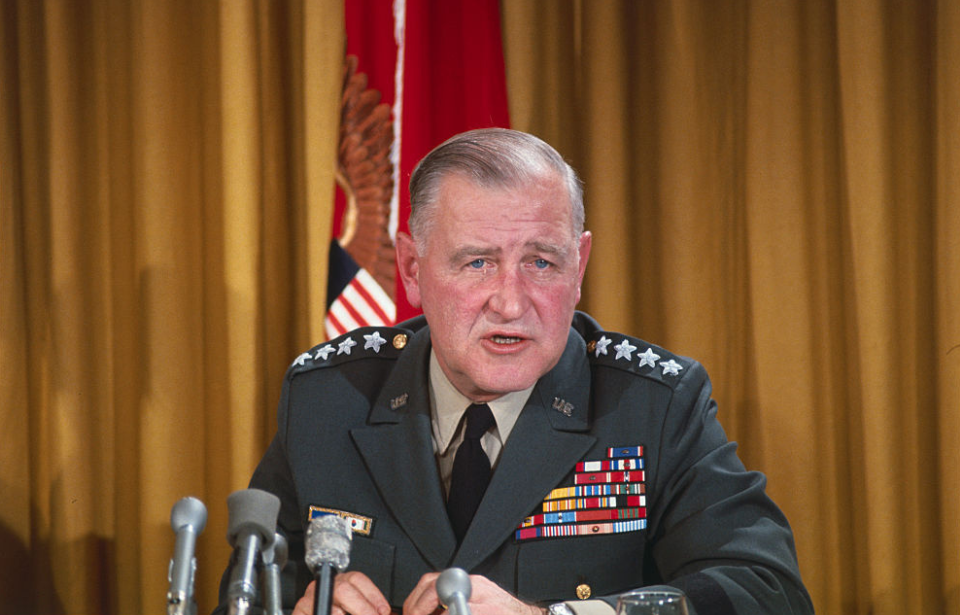There are some military commanders who stand out among the rest, and Creighton Abrams is one of them. Serving during the Second World War, as well as in Korea and Vietnam, he was known for his involvement in the US Army’s first armored divisions, as well as forming the first Ranger battalions, among many other accomplishments.
Discover the impressive career of the man whom Gen. George Patton called a “world champion” tank commander.
Creighton Abrams’ service with the US Army’s armored divisions
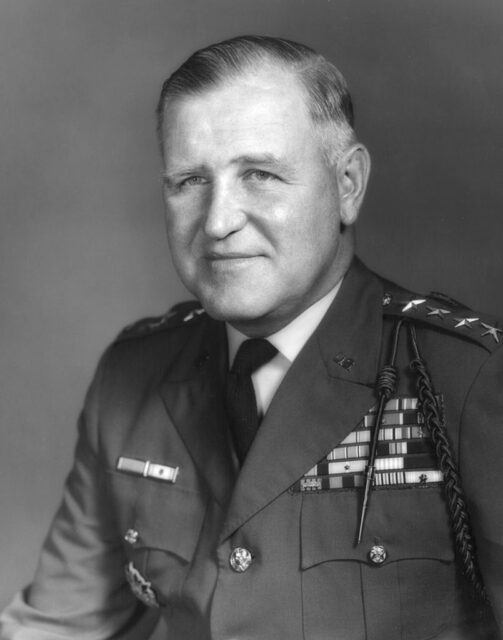
Gen. Creighton Williams Abrams Jr. was born on September 15, 1914 in Springfield, Massachusetts. In 1936, he graduated from the US Military Academy West Point, and went on to serve with the 1st Cavalry Division. By the time he’d finished his tour, he’d been promoted to first lieutenant, followed by temporary captain.
By this point, the US Army was creating its first armored divisions, and Abrams became one of the first officers. He volunteered for the 1st Armored Division in 1940 and became a tank company commander.
When the United States entered World War II, Abrams served with the 4th Armored Division as a regimental adjutant, then as a battalion commander. He was subsequently named the regiment executive officer of the 37th Armor Regiment, and, following its redesignation as the 37th Tank Battalion, was put in command.
Battle of the Bulge
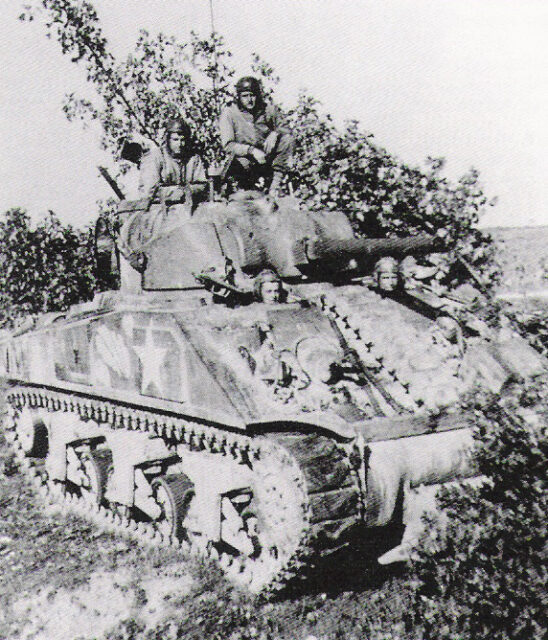
Creighton Abrams commanded the 37th Tank Battalion – specifically, Combat Command B – during the Battle of the Bulge, the last major German offensive along the Western Front.
The 37th was commonly used as the lead battation for George Patton‘s Third US Army. During the battle, Abrams led from the front in his tank, named Thunderbolt, and was instrumental in breaking through German entrenchments around Bastogne, in an effort to relieve the trapped 101st Airborne Division.
Not only was Abrams a good leader, he was also effective with his tank strategy. Although the Germans technically had superior weapons and armor, he was able to take advantage of the American tanks being smaller and, therefore, easier to maneuver. As part of the Third US Army, his aggression and bravery earned him recognition from Patton, who once said, “I’m supposed to be the best tank commander in the Army, but I have one peer – Abe Abrams. He’s the World Champion.”
Creighton Abrams’ service in Korea
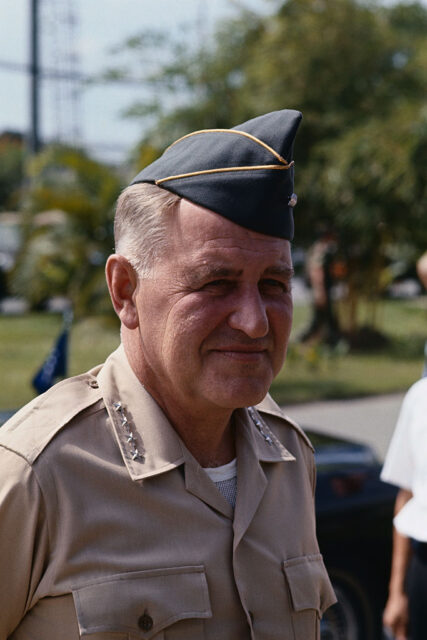
By the end of World War II, Creighton Abrams had been promoted to the rank of lieutenant colonel, although he also had a brief stint as a temporary colonel before being demobilized.
Even though the conflict was over, Abrams commanded the 63rd Tank Battalion, 1st Infantry Division in Europe between 1949-51, as well as the 2nd Armored Cavalry Regiment from 1951-52. In 1953, he graduated from the US Army War College, before serving overseas in Korea.
While he joined the war late, Abrams still served as the chief of staff of the I, X, and IX Corps in South Korea for roughly one year. When he returned Stateside, he commanded various armored divisions and was given numerous promotions. In 1964, after another tour of Europe as commander of V Corps, he was promoted to general and made the vice chief of staff of the US Army.
Commander of Military Assistance Command, Vietnam (MACV)
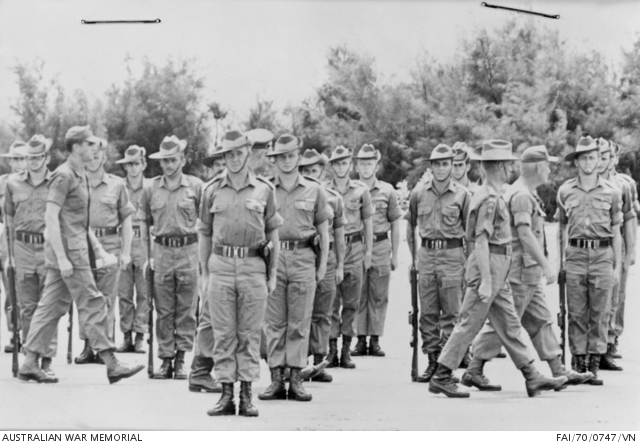
Three years later, Creighton Abrams was appointed deputy to Gen. William Westmoreland, who was in charge of the Military Assistance Command, Vietnam (MACV). On June 10, 1968, he took over the role, although his approach varies depending on who you ask. According to some, Abrams focused more on winning the hearts and minds of the Vietnamese than Westmoreland, while others say he didn’t change the American strategy overseas in any tangible way.
The latter certainly seems more plausible, as the Vietnam War only continued to escalate, with US troops leading many large-scale offensives against the North Vietnamese Army (NVA), such as the Battle of Hamburger Hill.
Abrams was also responsible for implementing whatever overseas policies politicians asked. When President Richard Nixon was elected, this meant reducing the number of US troops serving in Vietnam.
Chief of Staff of the US Army
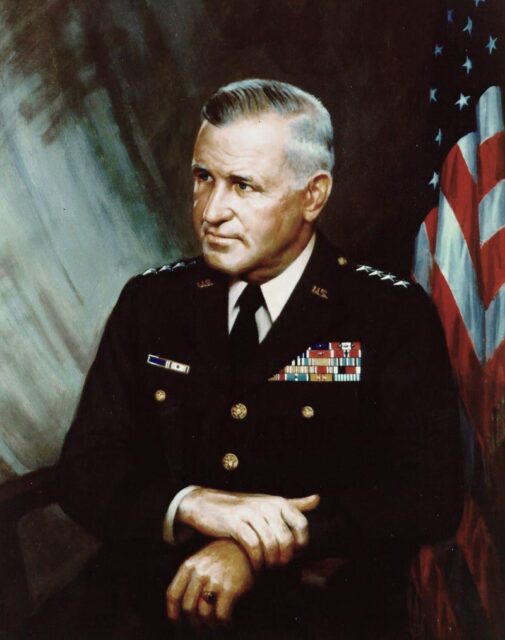
It’s believed Creighton Abrams played a major role in America’s involvement in Cambodia during the Vietnam War, as Richard Nixon heavily trusted his advice. In regard to American intervention, the president is recorded as saying, “If Abrams strongly recommends it we will do it.”
However, he soon fell out of favor with Nixon, in part because of the public backlash over the Mỹ Lai massacre, and for his actions during Operation Lam Son 719, in Laos.
Nixon eventually brought Abrams home, and appointed him chief of staff of the US Army in 1972. While he waited to be formally sworn in, he was tasked with transitioning the American forces overseas to volunteers. His other major accomplishment as chief of staff was forming the first Ranger battalion in January 1974, which was activated that July.
End of Creighton Abrams’ military career
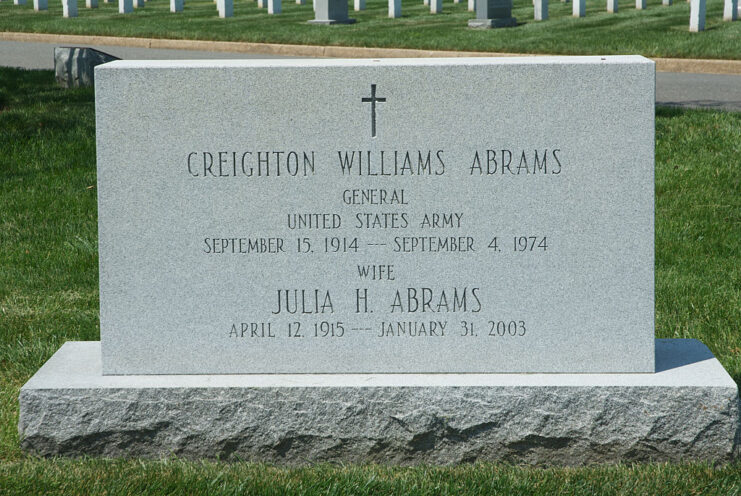
Creighton Abrams served as chief of staff of the US Army until his death on September 4, 1974. He’d always been a heavy smoker, and it eventually caught up with him. He was only 59-years-old, and passed away from complications during a surgery intended to remove a cancerous lung. He was buried at Arlington National Cemetery.
In 1980, the US Army honored the general by naming the M1 Abrams after him.
Abrams was highly praised throughout his career by superiors and subordinates alike, despite occasionally being a controversial figure. Sen. John. C. Stennis (D-MS) expressed many who liked him because it never felt like he was sitting in an ivory tower, but had “mud on his boots.” Soldiers also felt like he was one of them because, despite his rank, he enjoyed being around them.
More from us: Pardo’s Push Saved the Lives of Two Men, But Wasn’t Recognized for Decades
A well-respected general, Abrams was decorated 41 times throughout his service. Among his awards were the Distinguished Service Cross with bronze oak leaf cluster, the Legion of Merit with bronze oak leaf cluster, the Silver Star with bronze oak leaf cluster and the Army Distinguished Service Medal with four bronze oak leaf clusters.
